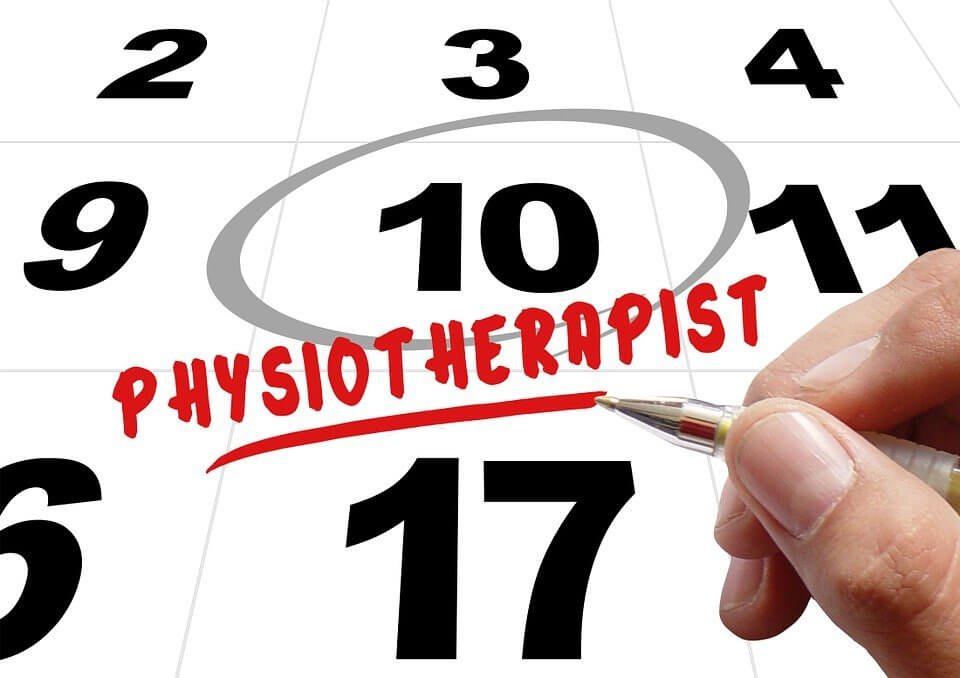If you have an illness or injury that is impacting your ability to move around, then you might have been referred to a physiotherapist. A physical therapist, or a physiotherapist, will work with you to help you manage your mobility, balance, motor function, and pain. Physiotherapists use many methods to help you heal, from the remedial massage in Parramatta to other customized programs.
If this is your first experience with a physiotherapist you might feel nervous, but there is really no need to be. Your physical therapist will tell you all about your therapy plan, so you will know what to expect beforehand.
Before your appointment
If you have scheduled your first physiotherapist appointment, there are a couple of things you can do to make the visit more comfortable. First of all, you should always aim to arrive 10 to 15 minutes before the appointment. This gives you enough time to fill out any necessary paperwork while you wait for your appointment; such as questionnaires or insurance info.
You should also try to wear loose and comfortable clothes. Usually, physiotherapy will include a lot of movement, from walking to squatting, and doing other exercises. This is because your physiotherapist needs to see your body in motion, thus wearing loose clothes will make this a lot easier. In addition, make sure that you are properly hydrated before the appointment!
The appointment
The first physiotherapist appointment will be the initial assessment. What does this mean? Well, your physiotherapist needs to learn more about the issues you are facing, thus he/she/they will test your flexibility, gait, reflexes, function, strength, and other things in order to properly diagnose the issue. This is important because the treatment will be tailored to your personal needs.
Every person is different and so is every injury. Thus there are many treatment plans that exist, and your physiotherapist needs to examine you properly before he/she/they can come up with the best possible treatment plan. The physiotherapist might also use the palpitation technique to assess the affected area.
Usually, that assessment will last for about 60 minutes or more. While that is being done, you can ask your physiotherapist any questions you have in mind. Do not be embarrassed to ask them anything, it is important that you feel comfortable. Your physiotherapist will community with you throughout the whole first treatment.
After he/she/they have come to a diagnosis of your condition or injury, they will start making a plan that will help you. He/she/they will also tell you how often you should see them, and give you general instructions on the therapy that you will have to go through and how that can help you.

After the appointment
Once your appointment is done, you should book follow-up appointments. In the following days, you will experience some soreness, depending on the type of physical therapy you had to go through. However, this is only temporary, as your body will eventually become stronger.
Any soreness from the first appointment should go away in 24 to 48 hours. It is important to have a proper diet and keep your body hydrated in general, and especially after the physical therapy. In the following appointments, your physiotherapist will have a plan ready for you.
The follow-up appointments usually last from 30 to 45 minutes, which will depend on the pain you are experiencing and overall injury. The number of follow-up appointments that you need will vary, depending on how your issue looks after every physiotherapy session.
What does a physiotherapist do?
A physiotherapist will work with patients in order to create a customizable plan that will be tailored to your needs. A physiotherapist is a trained professional that can help patients in any stage of their life. If your movement is impacted by disease, injury, aging, environmental factors, health conditions, weight issues, or other disorders, a physiotherapist will help you.
Some of the treatments will include:
- Doing certain exercises.
- Massaging your muscles.
- Manipulating the joints.
- Using muscle stimulation devices.
- Stretching muscles.
- Changing your lifestyle in general.
They are professionals who take a holistic approach when addressing your physical well-being. They also work with your psychological, emotional, and social well-being. If you are interested in scheduling a consultation with your physiotherapist, you can contact a physiotherapist Sydney. By working in all stages of healthcare, a physiotherapist can improve your quality of life.
Final word
If you’ve suffered an injury or have a disease that is causing your motor skills to be rusty, you might have to visit a physiotherapist. A good physiotherapist can help create a plan that will be tailored to your peculiar needs, depending on your injury or condition. They also deal with chronic pain, and other issues that might impact your daily lifestyle.


